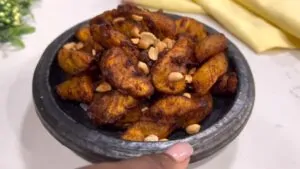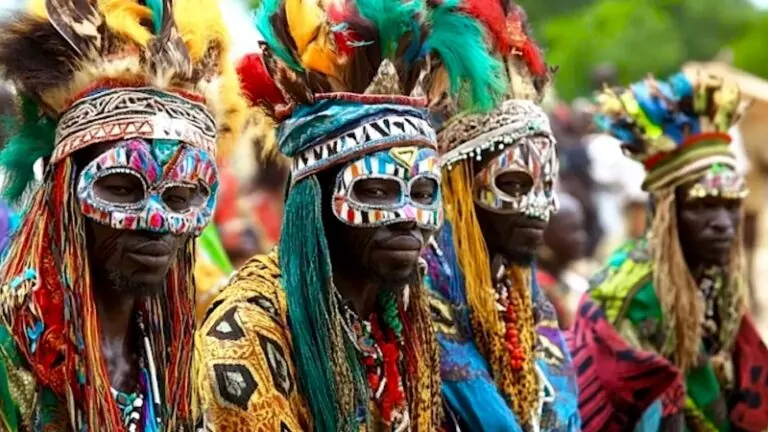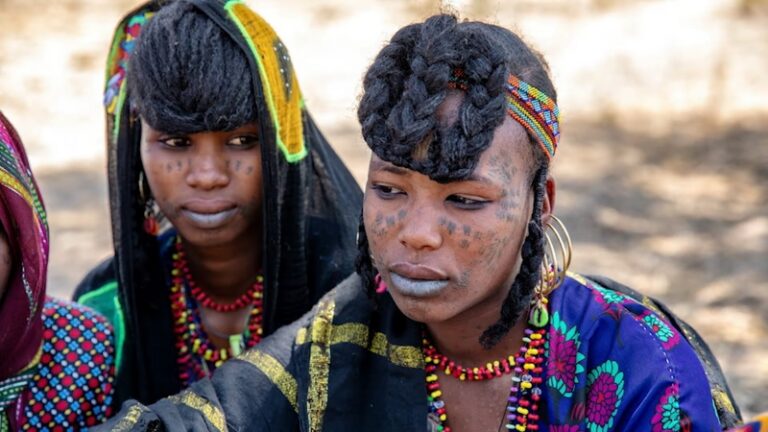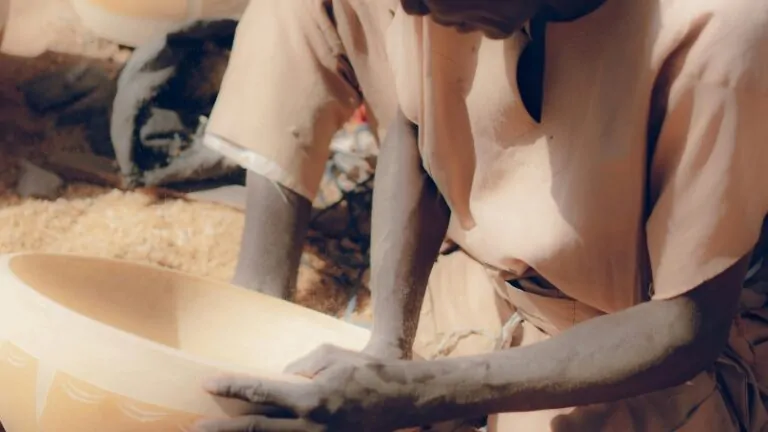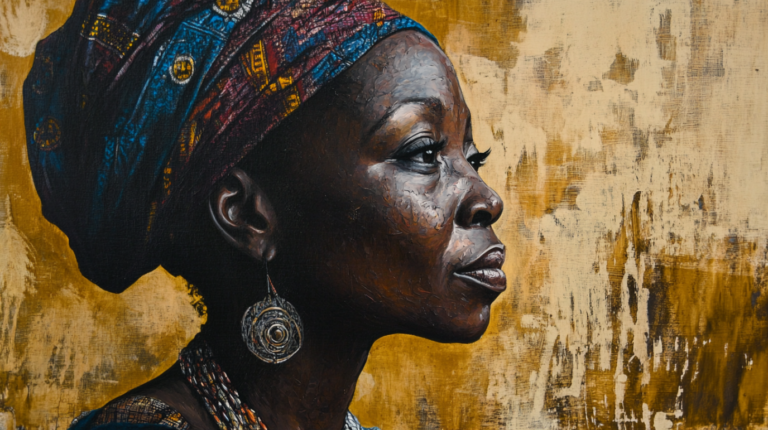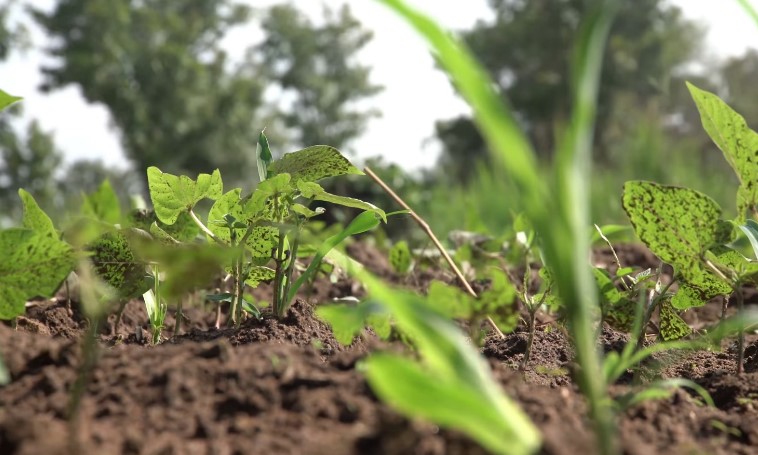
Cowrie shells are small, glossy marine shells recognized for their distinct shape and shine. They have caught the attention of societies across continents for centuries.
Table of Contents
Toggle- Africa
- Asia
- Europe
Their visual presence in modern fashion also speaks to continued relevance.
Cowrie Shells as Currency
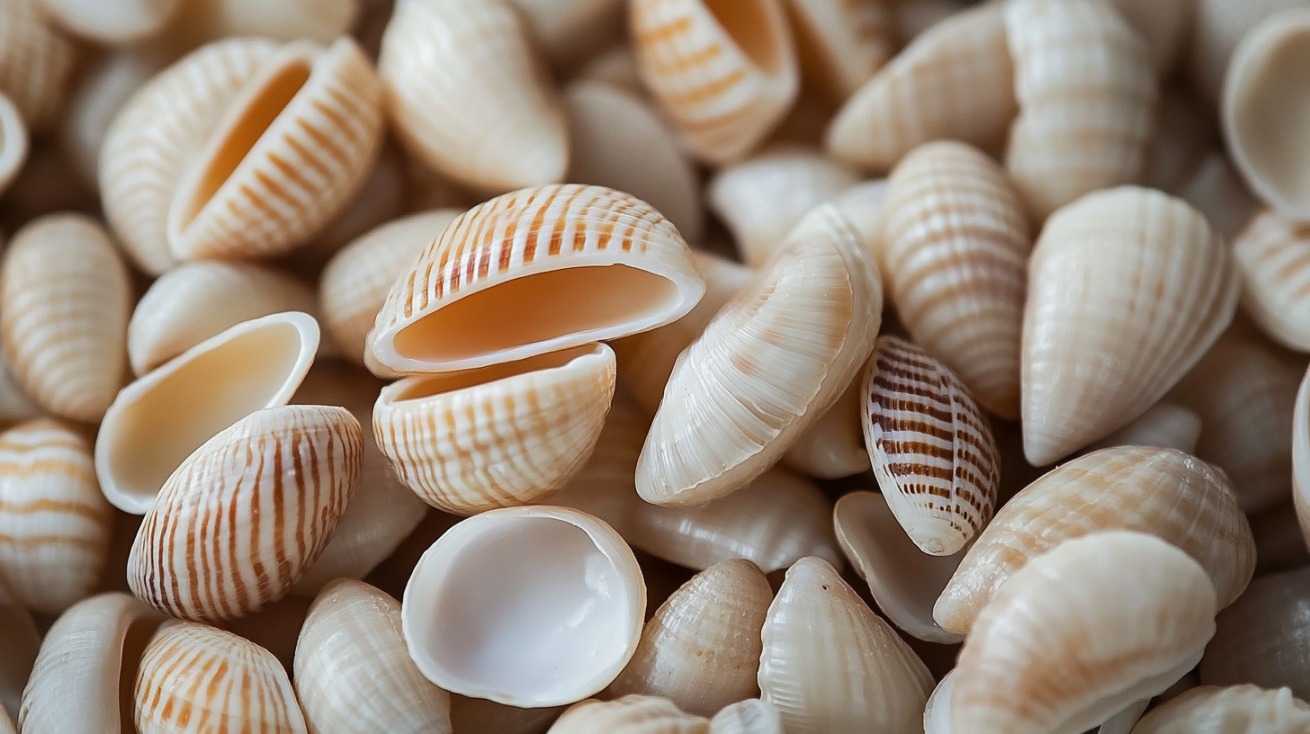
Cowrie shells carried more than ornamental value, they functioned as a practical and widespread currency for centuries. Their adoption in trade, both small-scale and international, demonstrates a high level of economic sophistication across regions.
Unlike early metallic currencies that required smelting and minting, cowries needed no alteration.
Their natural form provided resilience and ease of transport, making them efficient units for economic exchange.
Their integration into commerce can be examined through two key lenses: origin and spread, followed by trade mechanisms and valuation systems.
Origins and Spread
Archaeological evidence places cowrie use in China as far back as 1300 BCE. They were discovered in tombs and burial goods, and their imagery appeared on early bronze tools and ceremonial objects.
Increased demand and cultural contact helped cowries expand across Asia, Africa, and Oceania. Their introduction into Europe came later, primarily through colonization and trade networks.
- Hard shell structure resisted breakage during transport and handling.
- Lightweight form made them easy to store and carry across trade routes.
- Similar shape and size allowed merchants to count them quickly and with confidence.
- Their visual uniformity added a sense of value and trustworthiness in exchange.
Cowries became a universal element in local and long-distance trade systems. In many cases, they replaced or supplemented indigenous currencies. Their economic utility was often favored in places lacking a centralized minting system.
Trade Mechanism and Economic Role
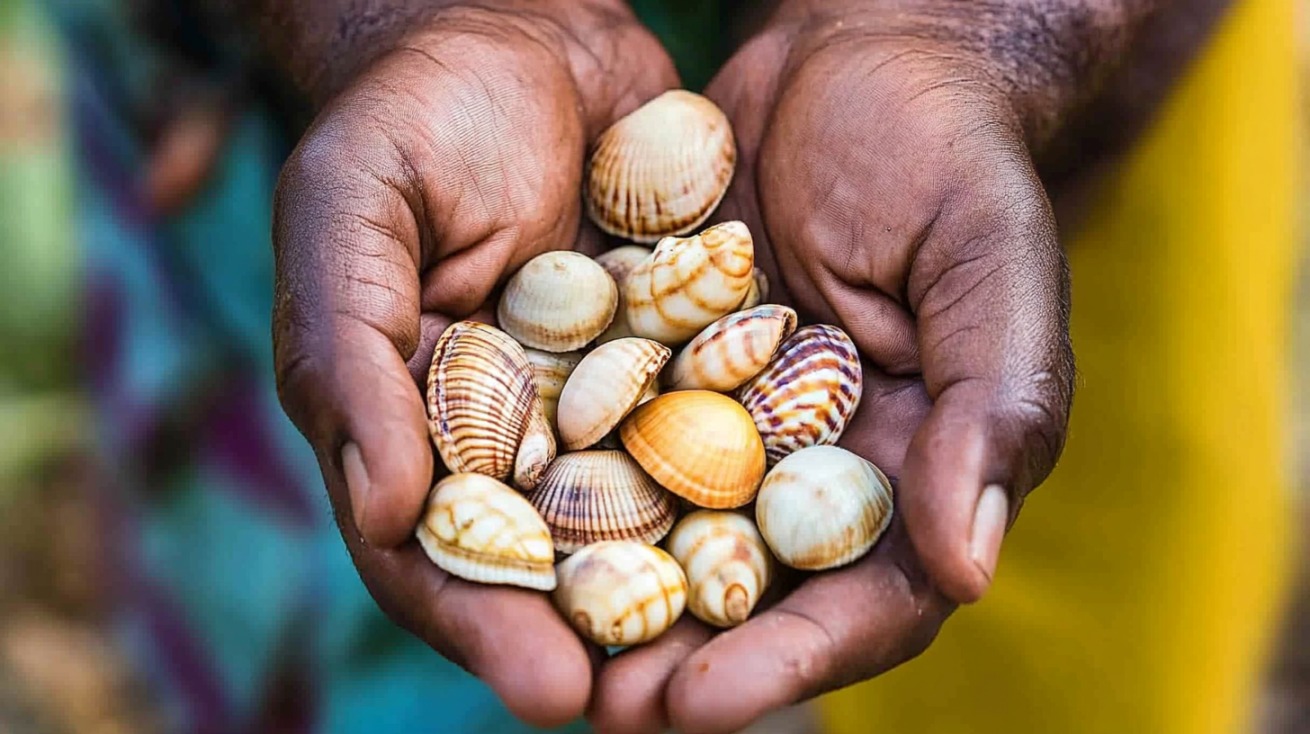
Cowrie shells entered West Africa via Arab traders during the 8th century, gaining prominence through trans-Saharan routes.
Colonial powers saw their usefulness in extracting labor and resources without complex coinage logistics. As a result, Portuguese, Dutch, French, and British ships offloaded enormous quantities of cowries into African ports.
- 40 cowries = 1 string
- 50 strings = 1 head
- 10 heads = 1 bag
Cowries often circulated alongside other forms of currency such as:
- Gold dust, measured in small weights or containers
- Iron rods, used for heavier commercial exchanges
- Salt bars, crucial for desert and savanna regions
- Textiles, including cloth strips or bolts as mediums of barter
Markets in regions like present-day Ghana, Nigeria, and Senegal witnessed hybrid exchanges where cowries were traded for livestock, tools, food staples, and even people during the slave trade.
In many cases, pricing and value fluctuated based on proximity to supply sources and colonial control zones.
Symbolic and Spiritual Significance
Cowrie shells carry meanings that surpass economic use. Across cultures, they have been tied to beliefs, identity, and ritual.
In both African and Asian societies, cowries became woven into traditions that shaped worldviews, gender perceptions, power structures, and spiritual communication.
In African Cultures
Cowries have long been connected to fertility, femininity, and the unseen forces that govern life. Their curved, womb-like form made them ideal representations of birth and womanhood.
Communities across West, Central, and Southern Africa used them in spiritual ceremonies, often placing them on altars, clothing, or in the hands of ritual specialists.
They were essential to divination practices such as Ifá and other West African systems, where diviners cast cowries to read messages from deities or ancestors. The shell’s orientation upon landing conveyed divine answers.
Cowries were also seen as spiritual armor. Worn as jewelry or sewn into garments, they protected individuals from misfortune and channeled ancestral strength.
In literature, Chinua Achebe’s Things Fall Apart integrates cowries as a narrative device representing not only economic wealth but also social hierarchy and stability. Their mention reinforces how tightly woven they were into daily and ceremonial life.
In modern expressions, cowries have evolved into statements of cultural pride. Many members of the African diaspora now wear them as fashion pieces that signify personal and collective heritage.
- Fertility and femininity
- Divination and ancestral communication
- Wealth and status
- Spiritual protection
- Black identity and cultural pride
In Asian Traditions
In Buddhist thought, cowries appeared as symbols of outward beauty and inward emptiness—used to critique attachment to physical appearances. Their glossy, attractive surface mirrored desires that led one away from spiritual clarity.
Art and literature often referenced them in this context, blending aesthetic appreciation with moral instruction.
Hindu traditions approached cowries differently. In India, they symbolize Lakshmi, the goddess of wealth and prosperity. Their presence in rituals aimed to invite financial success, protection, and divine blessings.
Rasashastra, the Indian practice of spiritual alchemy, involved cowries in purification processes and transformation rituals. Their inclusion was not arbitrary but carefully prescribed, believed to enhance spiritual potency and ritual completeness.
Cowries also entered everyday life through games like phanjika, which blended entertainment with predictive elements. They were used in fortune-telling and to determine auspicious moments for action.
In temple rituals, cowries still play a role—tossed in specific ways to determine outcomes or presented as offerings.
- Buddhist symbol of vanity and spiritual distraction
- Representation of Lakshmi and prosperity in Hinduism
- Element in Rasashastra rituals for transformation
- Predictive tools in traditional games and ceremonies
- Objects in fortune-telling and ritual offerings
The Role in Modern Culture
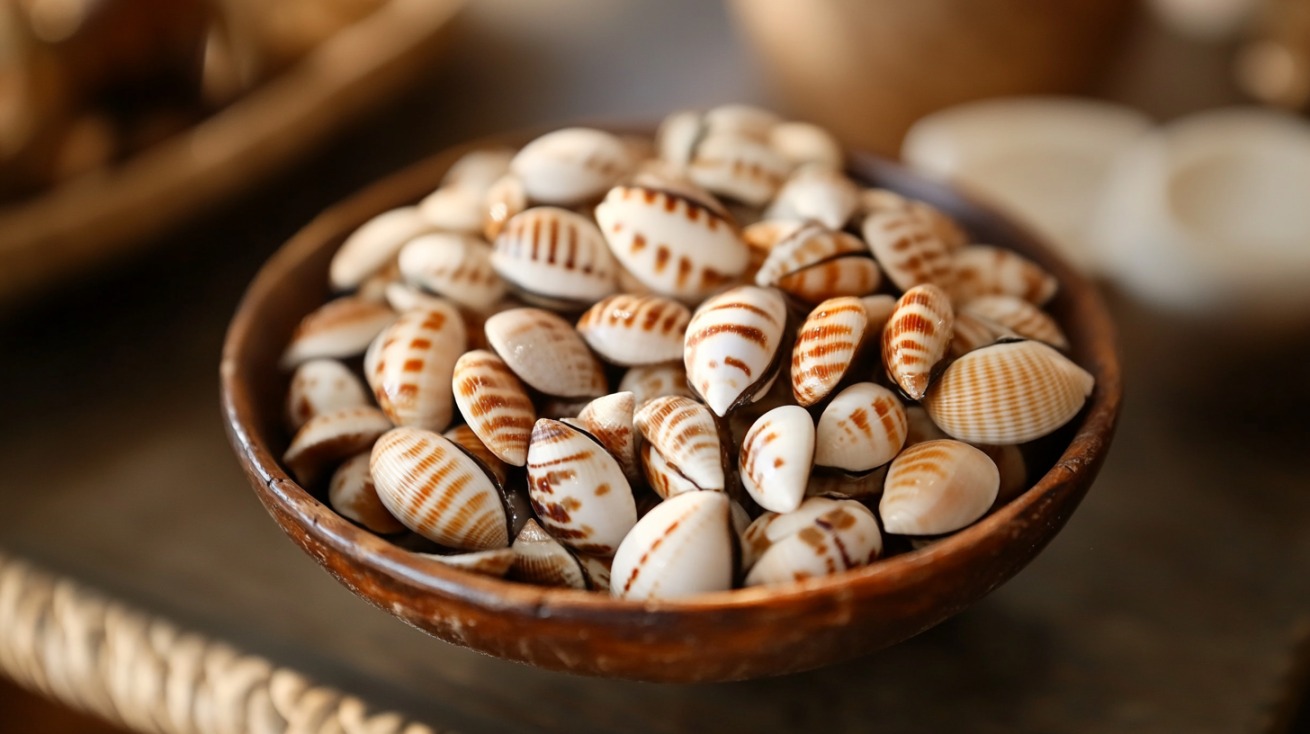
Cowrie shells have moved into the center of cultural expression, bridging traditional symbolism with modern identity. Once circulating through trade networks and sacred rituals, they now shine on runways, album covers, red carpets, and Instagram grids.
Their resurgence in fashion and visual media reflects both a reclamation of cultural memory and a reimagining of personal identity.
Major artists such as Beyoncé, Solange, and Alicia Keys have embraced cowries as bold statements of ancestral power, femininity, and beauty.
Creative communities across the African diaspora have turned cowries into recurring motifs in their work. Clothing designers, sculptors, jewelry makers, and photographers lean into the shell’s texture and shape to invoke themes of strength, memory, and resistance.
The prominence of cowries in contemporary style can be seen across multiple forms.
- Embody elegance and tradition simultaneously, often paired with natural fabrics or Afrocentric patterns.
- Worn in ceremonies, performances, or symbolic photo shoots to signal heritage and personal empowerment.
- Used in both intimate and celebratory contexts to express femininity, spiritual balance, and self-awareness.
- Permanent tributes to ancestral lines, often chosen for their protective symbolism or cultural alignment.
Modern engagement with cowries challenges fashion to serve not just as a trend but as an expression rooted in meaning.
Their usage affirms identity, navigates memory, and asserts a cultural narrative too often overlooked.
The Bottom Line
Cowrie shells have functioned as both economic instruments and cultural expressions. Tracing their use through empires, villages, religious ceremonies, and fashion runways reveals how material objects can shape—and be shaped by—human experience.
Their glossy surface carries memories of trade, power, spirituality, and identity. Through generations, they remain symbols of heritage, strength, and survival.
Related Posts:








